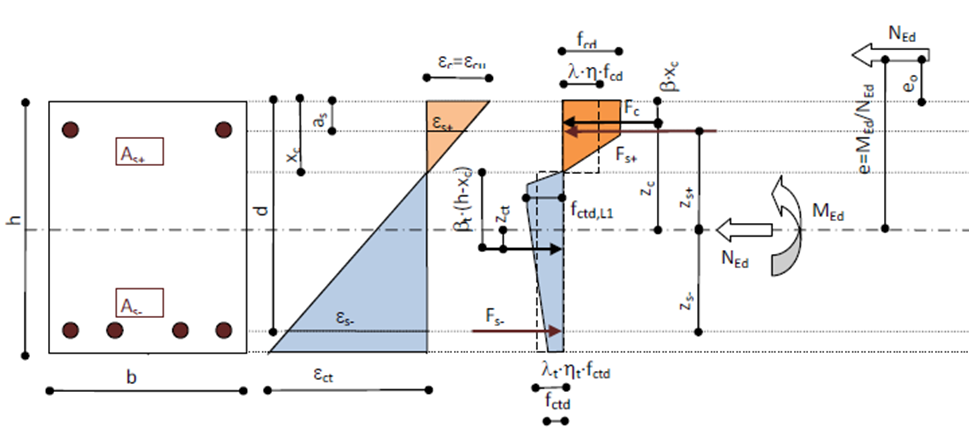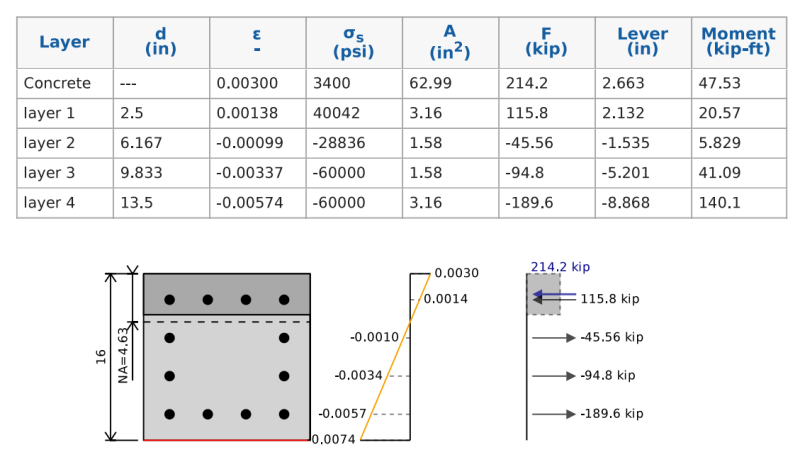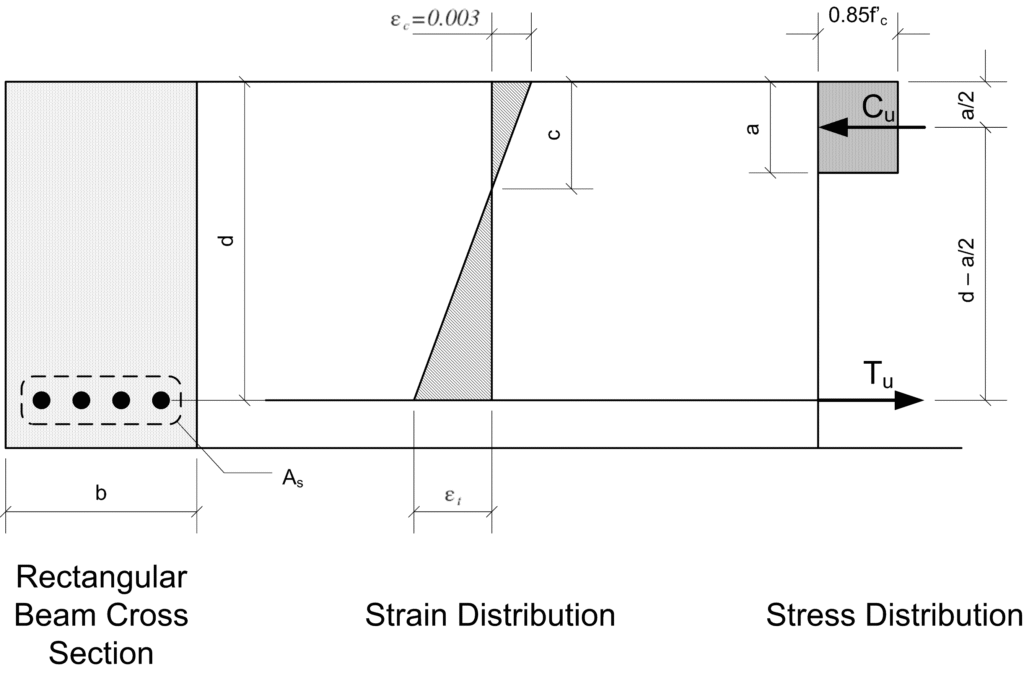Reinforced concrete is a fundamental material in modern construction, combining the compressive strength of concrete with the tensile strength of steel reinforcement. Designing reinforced concrete structures requires precise calculations to ensure safety, durability, and cost-effectiveness. This is where a Reinforced Concrete Calculator becomes an invaluable tool for engineers, architects, and builders.
Beam Dimensions
Reinforcement Details
Costing
Estimated Quantities
Reinforcement Cross-Section
Column Dimensions
Reinforcement Details
Costing
Estimated Quantities
Reinforcement Cross-Section
Slab Calculator Coming Soon
This feature is currently under development.
Footing Calculator Coming Soon
This feature is currently under development.
Reinforced Concrete Calculator
Reinforced concrete is a fundamental material in modern construction, combining the compressive strength of concrete with the tensile strength of steel reinforcement. Designing reinforced concrete structures requires precise calculations to ensure safety, durability, and cost-effectiveness. This is where a Reinforced Concrete Calculator becomes an invaluable tool for engineers, architects, and builders.

What is a Reinforced Concrete Calculator?
A Reinforced Concrete Calculator is a software tool or online application that helps users compute various parameters related to reinforced concrete design.

It automates complex calculations, reducing human error and saving time during the design process. These calculators typically assess factors like:
- Concrete volume and weight
- Quantity of steel reinforcement required
- Load-bearing capacity
- Stress and strain analysis
- Beam, column, slab, and footing dimensions
Why Use a Reinforced Concrete Calculator?
Manual calculations in reinforced concrete design are often time-consuming and prone to mistakes, especially for large or complex structures.

A calculator offers several benefits:
- Accuracy: Algorithms ensure precise results based on input data and design codes.
- Efficiency: Quick computations save valuable time in the design and revision stages.
- Cost Savings: Optimized designs prevent the overuse of materials, reducing project costs.
- User-Friendly: Many calculators feature intuitive interfaces accessible even to those with basic knowledge.
Key Features to Look for in a Reinforced Concrete Calculator
When selecting a calculator, consider the following features to maximize utility:
- Compliance with Standards: Ensures calculations follow local or international design codes (e.g., ACI, Eurocode, IS codes).
- Versatility: Ability to handle various structural elements like beams, slabs, columns, and footings.
- Material Properties Input: Options to customize concrete strength, steel grade, and other parameters.
- Detailed Reports: Provides comprehensive output including diagrams, reinforcement details, and safety factors.
- Accessibility: Web-based calculators or mobile apps for on-site use.
How to Use a Reinforced Concrete Calculator Effectively
- Gather Accurate Input Data: Include loads, dimensions, material properties, and environmental conditions.
- Select the Appropriate Calculator Module: Choose based on the structural element you are designing.
- Input Data Carefully: Double-check entries to avoid errors.
- Analyze the Results: Review output for compliance with safety and design criteria.
- Iterate if Necessary: Adjust inputs to optimize design and material usage.
Conclusion
A Reinforced Concrete Calculator is an essential asset in modern construction engineering, bridging the gap between complex structural theory and practical application. By leveraging these tools, professionals can enhance accuracy, efficiency, and safety in their projects. Whether you are designing a simple beam or a multi-story building, integrating a reliable reinforced concrete calculator into your workflow is a wise step toward successful project execution.